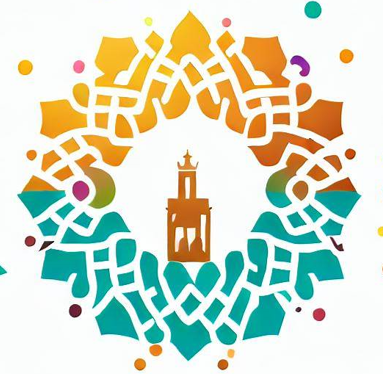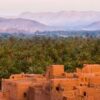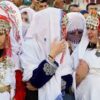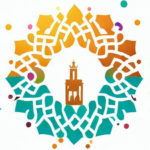Amazigh, also known as Berber, is one of the oldest cultural groups of North Africa, with a rich history, customs, and traditionsthat have been passed down for thousands of years. The Amazigh people reside across a vast area of North Africa, from the Atlantic coast of Morocco to the western desert of Egypt.
Language
One of the most significant features of Amazigh cultureis their language. Amazigh people have their own unique language that differs from the predominantly Arabic-speaking North Africa. In fact, Amazigh language is considered one of the oldest languages in the world, dating back to prehistoric times. Today, Amazigh language is still spoken by millions of people throughout North Africa, and efforts are being made to preserve and promote its use.
Arts and Crafts
Art and crafts play a significant role in Amazigh culture. The Amazigh people are known for their beautiful handmade textiles, pottery, jewelry, and woodwork. Each region of the Amazigh cultural area has its own unique style and techniques, from the vibrant rugs of the Atlas Mountains to the intricate silver jewelry of the Tuareg people. The Amazighs are also famous for their vibrant music and dance, with various instruments such as drums, flutes, and strings being used.
Family and Social Structure
Family and social structure are essential parts of Amazigh culture. Amazigh people place high value on the elderly, and elders play a crucial role in the family and community decision-making process. Family is considered the most important social unit, and marriage is seen as a partnership between two families. Amazigh people also place high value on hospitality, and guests are treated with utmost respect and generosity.
Religion
Religion among the Amazigh people is a mix of traditional beliefs and Islam, with many practices and customs influenced by their ancient animist beliefs. Many Amazigh people still hold on to their traditional religious beliefs and rituals, and many festivals, such as the Imilchil Marriage Festival, are rooted in these traditional beliefs.
Conclusion
The Amazigh people have a rich and vibrant culture that has been shaped by centuries of history and tradition. Despite the challenges of modernization and globalization, the Amazigh people continue to preserve their cultural heritage through language, arts, crafts, and social structure. Today, the Amazigh people are making significant efforts to promote their cultural identity and achieve wider recognition and respect for their unique and ancient culture.





